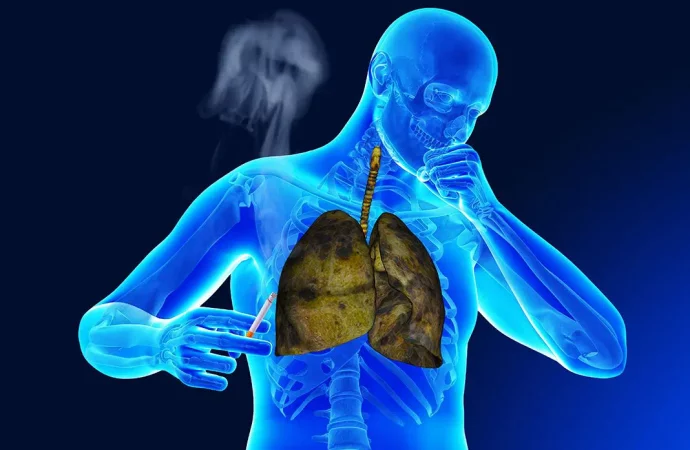Introduction In the realm of health, understanding the sequence in which diseases manifest is crucial for effective prevention and treatment strategies. This article delves into the intriguing question: which disease tends to arise earlier in life? Examining various ailments and their typical onset ages provides valuable insights for individuals and healthcare professionals alike. Explore More
Introduction
In the realm of health, understanding the sequence in which diseases manifest is crucial for effective prevention and treatment strategies. This article delves into the intriguing question: which disease tends to arise earlier in life? Examining various ailments and their typical onset ages provides valuable insights for individuals and healthcare professionals alike. Explore More About (Contact Lenses Risks)
Exploring Cardiovascular Conditions
Cardiovascular diseases, encompassing conditions like hypertension, atherosclerosis, and coronary artery disease, often lurk silently for years before symptomatic manifestation. While hypertension can manifest as early as the third decade of life, atherosclerosis tends to begin stealthily in one’s 20s, gradually progressing over decades. On the other hand, coronary artery disease typically emerges in the fourth or fifth decade, though risk factors may accumulate much earlier.

Image by: yendex.com
Unraveling Respiratory Disorders
Respiratory illnesses, including asthma, chronic obstructive pulmonary disease (COPD), and lung cancer, present a spectrum of challenges. Asthma, commonly originating in childhood, can persist into adulthood or resurface later in life. In contrast, COPD often develops after years of exposure to cigarette smoke or environmental pollutants, usually manifesting around the age of 40 or older. Lung cancer, predominantly associated with smoking, typically emerges in the sixth or seventh decade, though early-onset cases are increasingly recognized.
Navigating Metabolic Disorders
Metabolic disorders such as type 2 diabetes, obesity, and metabolic syndrome underscore the intricate interplay between genetics, lifestyle, and environment. Type 2 diabetes, once considered an ailment of middle and old age, now afflicts individuals in their 20s and 30s due to rising obesity rates and sedentary lifestyles. Obesity, often a precursor to metabolic syndrome, can manifest in childhood and adolescence, predisposing individuals to a myriad of health complications later in life.

Image by: yendex.com
Evaluating Neurological Conditions
Neurological conditions, ranging from Alzheimer’s disease to multiple sclerosis (MS), present diverse challenges across the lifespan. Alzheimer’s disease, characterized by progressive cognitive decline, typically manifests after the age of 65, though early-onset variants exist. Multiple sclerosis (MS), an autoimmune disorder affecting the central nervous system, often strikes individuals in their 20s to 40s, though onset can occur at any age.
Comparing Onset Ages:
| Disease | Typical Onset Age |
|---|---|
| Hypertension | 30s |
| Atherosclerosis | 20s |
| Coronary Artery Disease | 40s-50s |
| Asthma | Childhood |
| COPD | 40s or older |
| Lung Cancer | 60s or older |
| Type 2 Diabetes | 20s-30s |
| Obesity | Childhood |
| Metabolic Syndrome | Adulthood |
| Alzheimer’s Disease | 65+ |
| Multiple Sclerosis (MS) | 20s-40s |
Conclusion
Understanding the sequence in which diseases tend to manifest provides valuable insights into preventive healthcare measures and personalized treatment approaches. While certain conditions like hypertension and atherosclerosis may silently take root in early adulthood, others such as type 2 diabetes and Alzheimer’s disease often emerge later in life. By elucidating these patterns, individuals and healthcare providers can proactively address risk factors, optimize lifestyle choices, and prioritize early interventions, ultimately fostering healthier and more resilient communities.




















